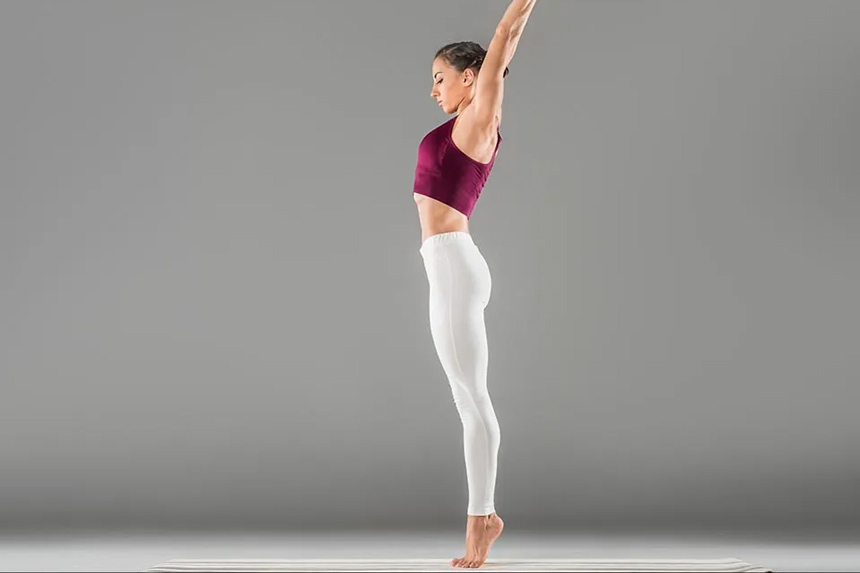
Yoga can often be daunting with its long list of poses and unfamiliar names. However, these poses actually mirror our natural movements. The practice isn’t about complexity but instead embraces simplicity, especially for beginners. Your yoga journey is an ongoing exploration; hence, mastering a few foundational poses initially suffices. These poses offer substantial benefits and serve as a base for your progress into more intricate postures.
Primarily, yoga poses are categorized into different types based on body movements. Starting with standing poses, they set the tone in yoga sessions, generating warmth within the body. In vinyasa or flow yoga, these poses string together, while in Hatha classes, each standing pose is practiced individually with intervals for rest. [1]
Balancing poses, though challenging at the outset, foster core strength crucial for advancing into complex postures. As for backbends, beginners often begin with gentle movements, gradually moving into deeper bends. These poses are vital for spinal health, compensating for the infrequency of such movements in daily life.
Seated poses, typically performed towards the end of a session, focus on stretching the hips and hamstrings. They are best executed with added comfort using yoga blankets or blocks. Lastly, resting or supine poses, like Child’s pose, allow relaxation and continue the gentle stretches initiated by seated poses, incorporating back-bending, twisting, and inversion elements.
Now, delving into the ten essential poses for beginners:
- Mountain Pose (Tadasana)
- Downward Facing Dog (Adho Mukha Svanasana)
- Extended Side Angle (Utthita Parvakonasana)
- Tree Pose (Vrksasana)
- Cat-Cow Stretch (Chakravakasana)
- Bridge Pose (Setu Bandha Sarvangasana)
- Cobra Pose (Bhujangasana)
- Cobbler’s Pose (Baddha Konasana)
- Child’s Pose (Balasana)
- Corpse Pose (Savasana)
Mountain Pose (Tadasana)
Pose type: Standing
In this foundational pose, begin by standing tall with feet hip-width apart. Spread your toes and distribute weight evenly across both feet. Engage your thigh muscles gently, lengthen your tailbone toward the floor, and tuck your chin slightly inwards. Keep your arms relaxed alongside your body, palms facing forward.
Mountain Pose serves as the cornerstone, fostering body awareness, improving posture, and grounding practitioners by enhancing stability and concentration. It instills a sense of alignment and strength while offering a moment of stillness amidst the flow of yoga practice. [2]





